Optimal Timing for Tree Cabling
Tree cabling service is most effective when performed during periods of minimal stress on the tree, typically in late winter or early spring before new growth begins. Conducting cabling during dormant seasons reduces the risk of damaging the tree and allows for better installation conditions.
Late winter and early spring are ideal for tree cabling as trees are dormant, minimizing stress and allowing for easier installation.
Dry, mild weather conditions facilitate safer and more effective cabling procedures, reducing the risk of equipment slipping or damage.
Performing cabling outside of active growth periods prevents interference with tree development and reduces the likelihood of damage.
It's best to avoid cabling during extreme weather conditions such as high winds, heavy rain, or heatwaves to ensure safety and effectiveness.
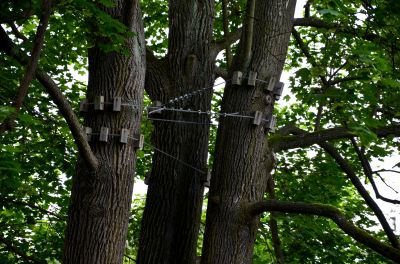
Tree cabling performed during winter ensures minimal impact on the tree's growth cycle.
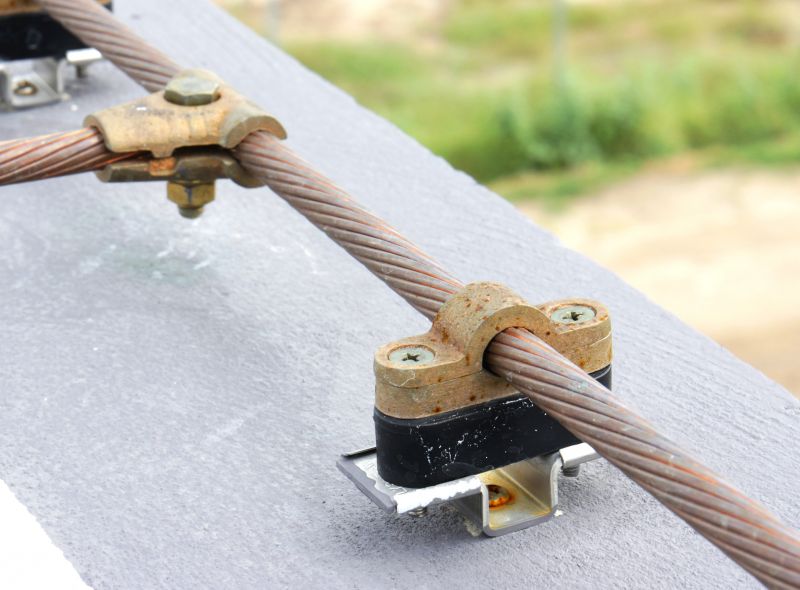
Preparing for cabling in early spring can prevent storm damage and support tree stability.
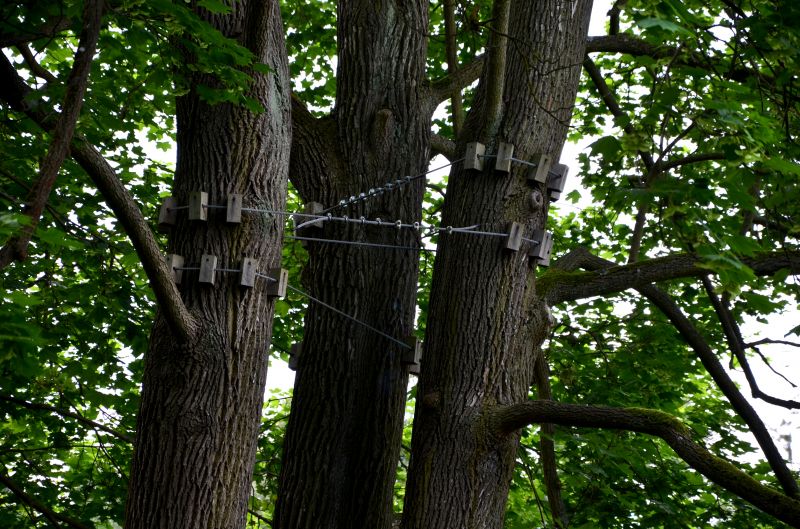
Dry and mild weather enhances the safety and success of cabling procedures.
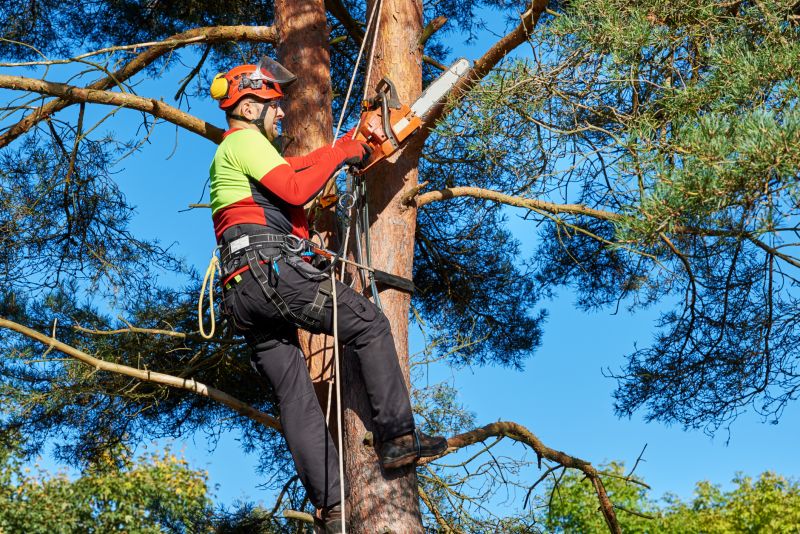
Ways to make Tree Cabling Service work in tight or awkward layouts.
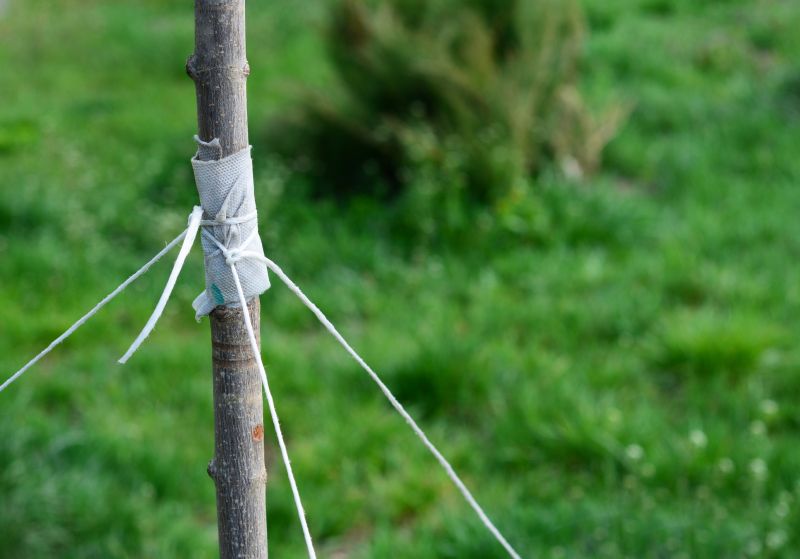
Popular materials for Tree Cabling Service and why they hold up over time.
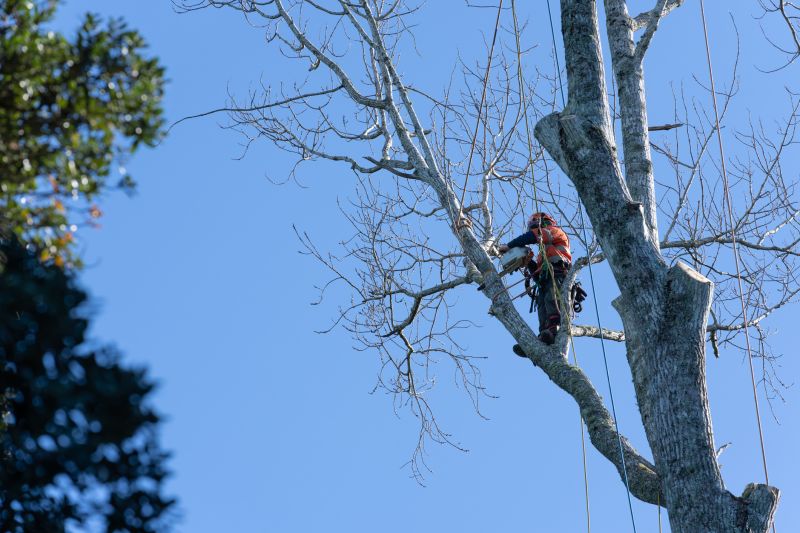
Simple add-ons that improve Tree Cabling Service without blowing the budget.
| Season | Best Practices |
|---|---|
| Late Winter | Perform cabling before new growth begins, when trees are dormant. |
| Early Spring | Ideal for installation; allows for adjustments before active growth. |
| Summer | Less recommended due to active growth and higher stress on trees. |
| Fall | Can be suitable if done early; avoid late fall to prevent damage during leaf shedding. |
| Extreme Weather | Avoid during storms, high winds, or heatwaves for safety and effectiveness. |
Tree cabling service provides structural support to help maintain the health and stability of mature or weakened trees. Proper cabling can prevent limb failure, reduce the risk of property damage, and extend the lifespan of valuable trees. It is a strategic process that requires understanding the tree's growth cycle, environmental conditions, and the specific needs of each tree.
Statistics indicate that timely cabling can significantly reduce tree-related hazards, with studies showing a decrease in limb failure incidents by up to 80% when performed during optimal seasons. Regular inspections and adjustments are essential to ensure the longevity and safety of the cabling system, especially in regions with variable weather patterns.



